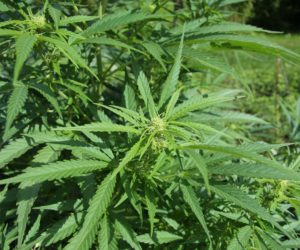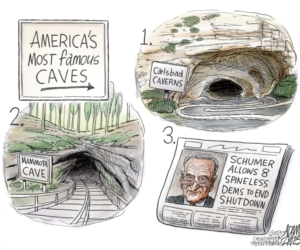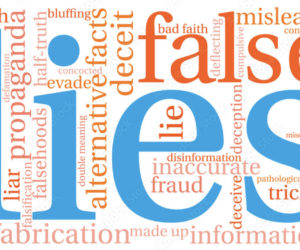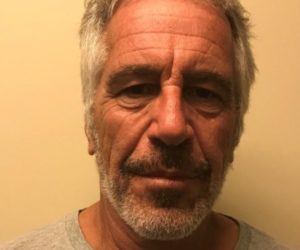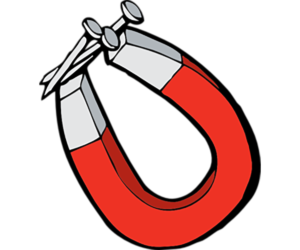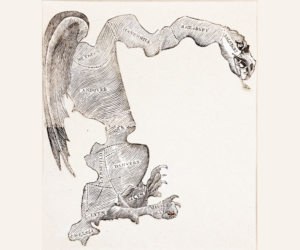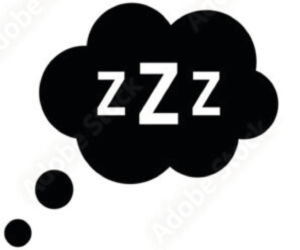
As part of the vote on the budget continuing resolution, the Senate attached three agency funding bills. One of those was for USDA.
Slipped into the language is a new definition of hemp, which was removed from the Controlled Substances Act in 2018 during the first Trump Administration.
In 2018, hemp was “defined as cannabis containing no more than 0.3 percent delta-9-THC by dry weight.”
Over the past several years, one of the most popular derivatives of legally grown cannabis has been cannabidiol (CBD)*. Although CBD is non-intoxicating, it has created a regulatory mess of its own. The Food and Drug Administration (FDA) prohibits adding CBD to food or marketing it as a dietary supplement, yet products are widely available in retail stores and online. The agency’s refusal to create a clear regulatory pathway has left the market in limbo—filled with unstandardized products of uncertain purity and potency…
Congress set the 0.3 percent threshold to differentiate hemp from marijuana in the field, not to regulate finished consumer products. However, because the law limits THC by concentration rather than total amount, manufacturers can easily produce larger products to deliver a psychoactive dose while remaining federally legal…
[Senators] inserted language into the agriculture appropriations bill that makes the 0.3 percent THC threshold apply to all forms of THC found in cannabis sativa and “any other cannabinoids that have similar effects (or are marketed to have similar effects) on humans or animals as a tetrahydrocannabinol (as determined by the Secretary of Health and Human Services).” That would make it virtually impossible to grow Cannabis sativa legally…
Senators Rand Paul (R-KY) and Jeff Merkley (D-OR) sought to amend the bill to remove the language. They argued that many states have already passed regulations addressing federal lawmakers’ concerns and that a one-size-fits-all top-down approach from the federal government was unnecessary. Worse, it would destroy the hemp-growing industry, putting most hemp farmers out of business. Hemp-derived product markets are among the most valuable end markets for the hemp industry, supporting over 300,000 jobs.
Yes, we are talking about gummies, among other CBD products (e.g., oils, lotions, tea, and dog biscuits).
The new definition goes into effect in November 2026 without intervention, but the interim uncertainty will probably destroy a $28.4 billion industry.
Unlike federal law on marijuana, where state law takes precedence, this CBD definition supersedes state-level rules.
This new definition makes CBD — a non-intoxicant — illegal. Period. [Note: prohibition never works, long-term.]
However, THC, an intoxicant, is widely legal across the country:
- Recreational use is legal in 24 states, Washington D.C., and two U.S. territories
- Medical use in some form is legal in 47 states, Washington D.C., and three U.S. territories
A reminder that 70% of American adults favor legalizing marijuana (which is mostly THC), according to Gallup. If asked, I’m guessing far more would think CBD should be legal.
But as we know, Congress doesn’t seem to care what most of us like or dislike these days.
~~~
* California Department of Public Health
Cannabis products have compounds called tetrahydrocannabinol (THC) and cannabidiol (CBD). THC and CBD bind to different receptors in the brain and have different effects on the body.
A main receptor is known as cannabinoid 1 (CB1). CB1 binds with chemical messengers in the brain which can affect a person’s mood, sleep, pain perception, appetite, and the immune system. When THC is present, it binds to CB1 receptors. This can cause a psychoactive effect (i.e., a feeling of being high). CBD binds weakly or not all to CB1 receptors and therefore does not usually cause a high.
Known for gnawing at complex questions like a terrier with a bone. Digital evangelist, writer, teacher. Transplanted Southerner; teach newbies to ride motorcycles. @kegill (Twitter and Mastodon.social); wiredpen.com

